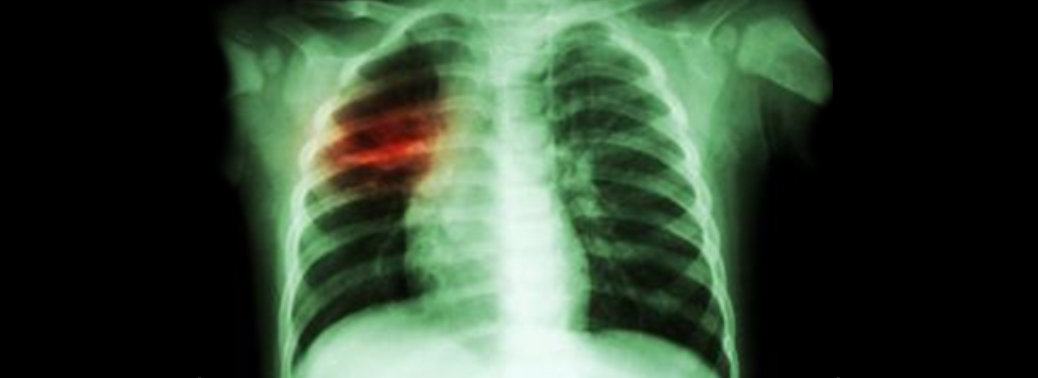XDR-TB
27, Aug 2019

Prelims level : Science & Technology- Health
Mains level : GS-III- Awareness in the fields of IT, Space, Computers, robotics, nano-technology, bio-technology and issues relating to intellectual property rights.
Why in News?
- XDR-TB, an abbreviation for extensively drug-resistant tuberculosis (TB), is a form of TB which is resistant to at least four of the core anti-TB drugs.
- XDR-TB involves resistance to the two most powerful anti-TB drugs, isoniazid and rifampicin, also known as multidrug-resistance (MDR-TB), in addition to resistance to any of the fluoroquinolones (such as levofloxacin or moxifloxacin) and to at least one of the three injectable second-line drugs (amikacin, capreomycin or kanamycin).
- MDR-TB and XDR-TB both take substantially longer to treat than ordinary (drug-susceptible) TB, and require the use of second-line anti-TB drugs, which are more expensive and have more side-effects than the first-line drugs used for drug-susceptible TB.
How do people get XDR-TB?
- People may get XDR-TB in one of two ways.
- It may develop in a patient who is receiving treatment for active TB, when anti-TB drugs are misused or mismanaged, and is usually a sign of inadequate clinical care or drug management.
- It can happen when patients are not properly supported to complete their full course of treatment; when health-care providers prescribe the wrong treatment, or the wrong dose, or for too short a period of time; when the supply of drugs to the clinics dispensing drugs is erratic; or when the drugs are of poor quality.
- The second way that people can develop XDR-TB is by becoming infected from a patient who is already ill with the condition. Patients with TB of the lungs can spread the disease by coughing, sneezing, or simply talking.
- A person needs only to breathe in a small number of these germs to become infected. However only a small proportion of people infected with TB germs develop the disease. A person can be infected by XDR-TB bacteria but not develop the active disease, just as with drug-susceptible TB.
Indian Scenario:
- Cases of XDR TB are much fewer than those of the other drug-resistant strain, MDR/RR TB, and have been reported from 117 countries until 2017, a World Health Organization (WHO) report said. Out of 10,800 cases worldwide, India accounted for 2,650 cases, or almost one-fourth.
- As per WHO, two-thirds of cases of the XDR-strain are in China, India and Russia. These countries also share 47 per cent of the burden for MDR/RR TB.
- The average success rates for drugs to treat the XDR strain has been 34 percent globally.







